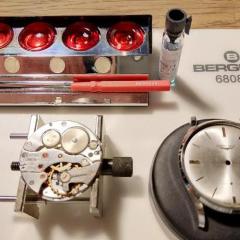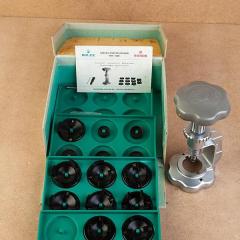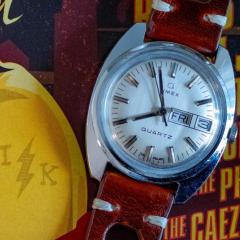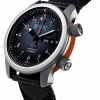Chat About Watches & The Industry Here
Discuss anything about watches and the watch industry.
2414 topics in this forum
-
- 7 replies
- 2.8k views
-
- 4 replies
- 1.7k views
-
- 22 replies
- 22.6k views
-
- 3 replies
- 1.9k views
-
- 10 replies
- 8.1k views
-
- 3 replies
- 1.1k views
-
- 6 replies
- 4.7k views
-
- 9 replies
- 2.8k views
-
- 1 reply
- 2.2k views
-
- 11 replies
- 10.7k views
-
- 6 replies
- 1.5k views
-
- 0 replies
- 2k views
-
- 6 replies
- 1.9k views
-
- 4 replies
- 2.6k views
-
- 0 replies
- 1.8k views
-
- 6 replies
- 2.9k views
-
- 36 replies
- 15.4k views
-
- 0 replies
- 1.8k views
-
- 15 replies
- 3.9k views
-
- 2 replies
- 2.2k views
-
- 0 replies
- 2k views
-
- 26 replies
- 13.5k views
-
- 2 replies
- 2.2k views
-
- 5 replies
- 2.3k views
-
- 2 replies
- 6.7k views


















